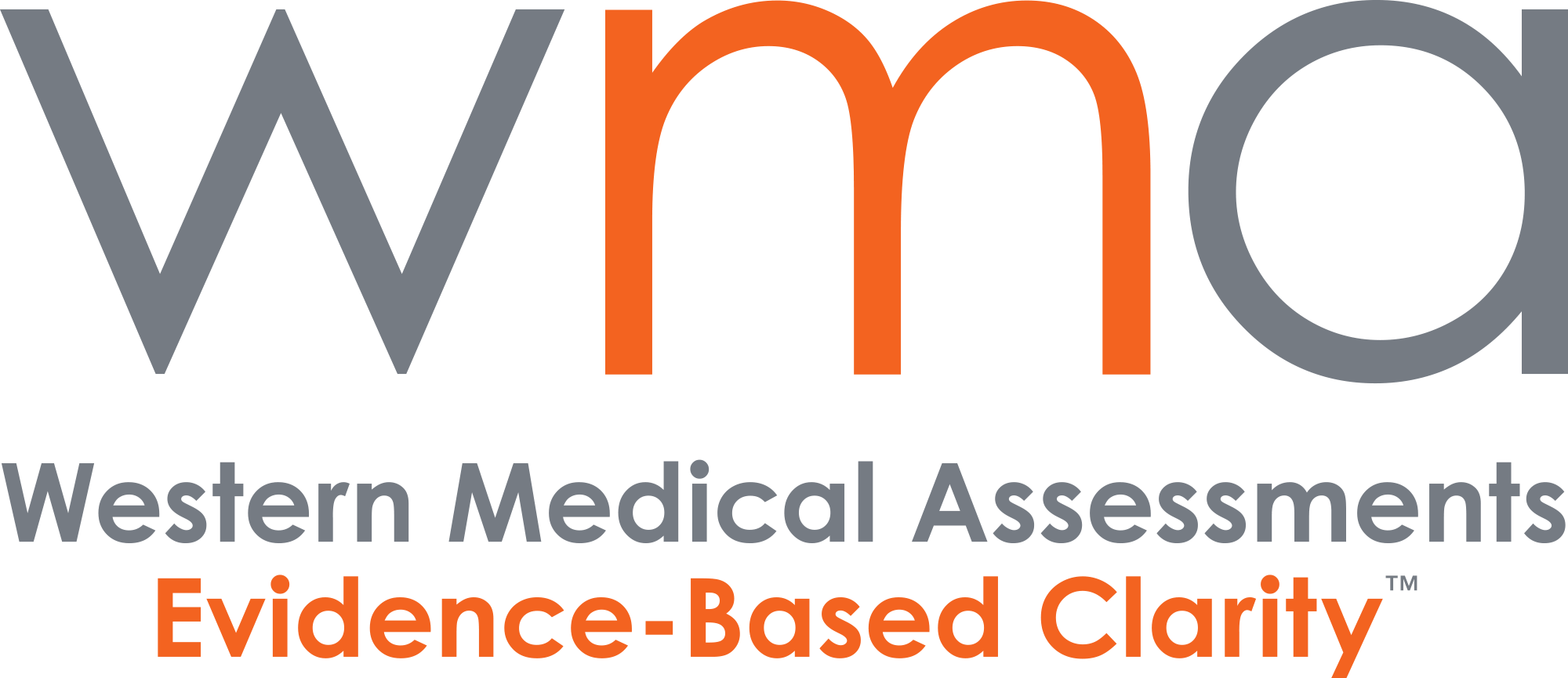April 14, 2025 from HRD Canada

Employees in the United States are the most likely to search for information on calling in sick, according to new data from Artisan. The report analyzed search trends for 20 sick leave-related terms and found the U.S. logged 183,840 annual searches—more than any other country.
Monthly, Americans searched “how to call in sick” 4,440 times and “what to say when calling in sick” 1,900 times. While some of these queries may reflect genuine illness, the high volume raises questions about absenteeism trends and employee engagement.
“The data indicates that many Americans may be taking time off for reasons beyond illness,”
said Artisan.
The report recommended businesses to assess their attendance patterns and consider solutions to offset any productivity loss.
Global Comparison: UK and Austria Also Rank High
The United Kingdom followed with 126,240 annual searches—just 45% fewer than the U.S., despite a significantly smaller population. The top queries mirrored those in the U.S., with 1,900 annual searches for “how to call in sick.”
Austria came in third, tied with Australia at 125,640 searches. However, Artisan noted that Austrian employees may be more upfront about their absences. The most common Austrian search term was “how to call in work due to illness,” averaging 9,900 monthly searches.
Other countries with high search volumes include:
- Germany (109,680)
- Canada (93,360)
- Japan (77,880)
- Norway (70,800)
- Hungary (67,800)
- Estonia (54,480)
The Cost of Absenteeism in the Workplace
Frequent unscheduled absences can significantly impact business operations, productivity, and morale. According to ADP, absenteeism not only disrupts workflows but also increases costs and reduces revenue, especially when employees with key responsibilities are away.
“As missed work time increases, other employees in the office may have to make up for the work not performed… which lowers overall productivity,”
ADP noted.
Circadian’s research found that unscheduled absenteeism costs employers approximately $3,600 per hourly worker each year.
Reducing Unplanned Absences
While not all absences are avoidable, HR leaders can take steps to mitigate them by addressing root causes such as burnout, mental health concerns, and caregiving responsibilities.
Best practices include:
- Offering flexible scheduling or remote work options
- Providing paid sick leave and other time-off benefits
- Implementing wellness programs to support mental and physical health
- Establishing clear attendance policies and incentives
Proactive MD commented that
“By creating a work environment that gives employees more freedom and control… you can address some of the most common causes of unscheduled absences.”
Considering an IME or document review to resolve an insurance claim, legal file, or workplace health and safety issue?
Our specialists provide evidence-based opinions, so get in touch with Western Medical today to learn more about our services.

